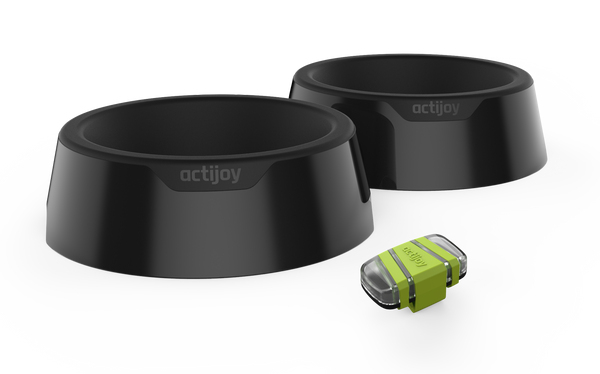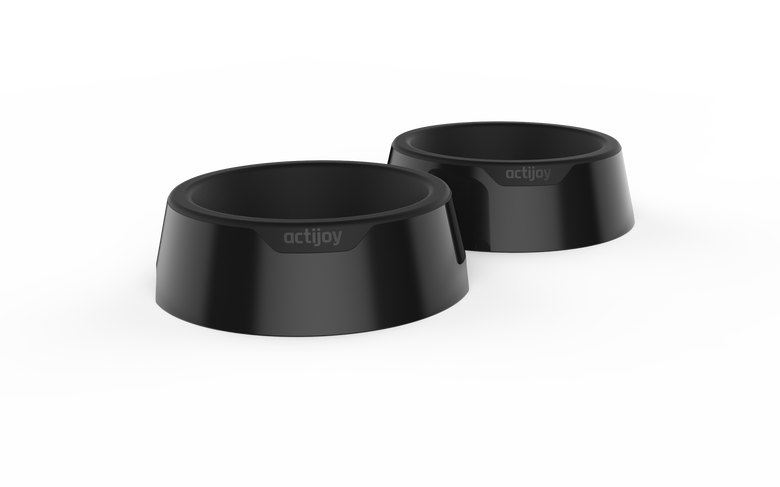Dog Anorexia: What to do When Your Dog isn’t Eating
Most pet owners can always count on the following in their dogs: an insatiable appetite, the willingness to spend time together, and unconditional love.

What happens, however, when a dog suddenly loses his or her appetite? Commonly, anorexia in dogs can be a sign that something is amiss. Here, how to recognize canine anorexia and what to do if your dog isn’t eating will be discussed.
Symptoms of Dog Anorexia
The definition of canine anorexia is a loss of interest in food. There are two types of anorexia in dogs: pseudo anorexia and true anorexia. True anorexia occurs when a dog refuses to eat because of lack of appetite. A dog with pseudo anorexia is hungry, but is unable to eat due to difficulty swallowing, chewing, or picking up food. The two main symptoms of anorexia in dogs are a refusal to eat and/or decreased food intake.
Causes of Dog Anorexia
There are many causes of anorexia and pseudo anorexia in dogs. Potential reasons include:
- Abscessed tooth
- Allergies
- Arthritis
- Cancer
- Diabetes
- Gastritis
- Gastrointestinal blockage
- Gingivitis
- Kidney/Liver disease
- Medication side effect
- Pain
- Stomach/Intestinal ulcer
- Stress
- Toxicity
How to Treat a Dog with Anorexia
Occasionally, dogs simply decide they are no longer interested in a certain brand/flavor of food. While this is the best-case scenario, a dog that is refusing food should be examined by a veterinarian to rule out underlying disease. Once the cause of anorexia is determined, appropriate treatment can occur.
If a dog is simply choosing to be picky about his or her food, there are several steps a pet owner can take. Remedies include adding a small amount of canned food to a dog’s meal, heating the food slightly, adding low-sodium broth, or adding dog-safe people-food to your pet’s bowl. Always talk with your veterinarian before trying these measures.
How Actijoy Can Help Identify Canine Anorexia
Determining the cause of anorexia in your dog is the first – and most important – step in treating your pet. Presenting your veterinarian with precise data can help diagnose your dog quickly. The Actijoy WiFi Food and Water Bowl tracks your dog’s habits in real-time and can help you notice any immediate changes in your dog’s appetite. 
Pet parents can also keep notes in the Healthbook in their Actijoy app about any changes they are noticing in their dog’s behavior and appetite. When combined with the data generated by the Activity Tracker and WiFi Food and Water Bowls, the underlying cause of the disease can be more easily determined by a veterinarian. Best yet, this data is easy to share with your dog’s healthcare provider!
If you are interested in learning more about canine diseases and the impact they have on the lives of dogs, subscribe to our newsletter.



